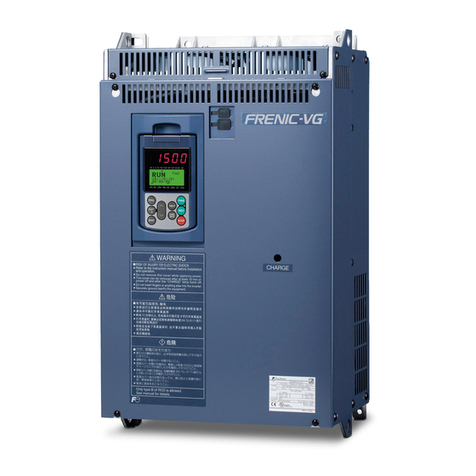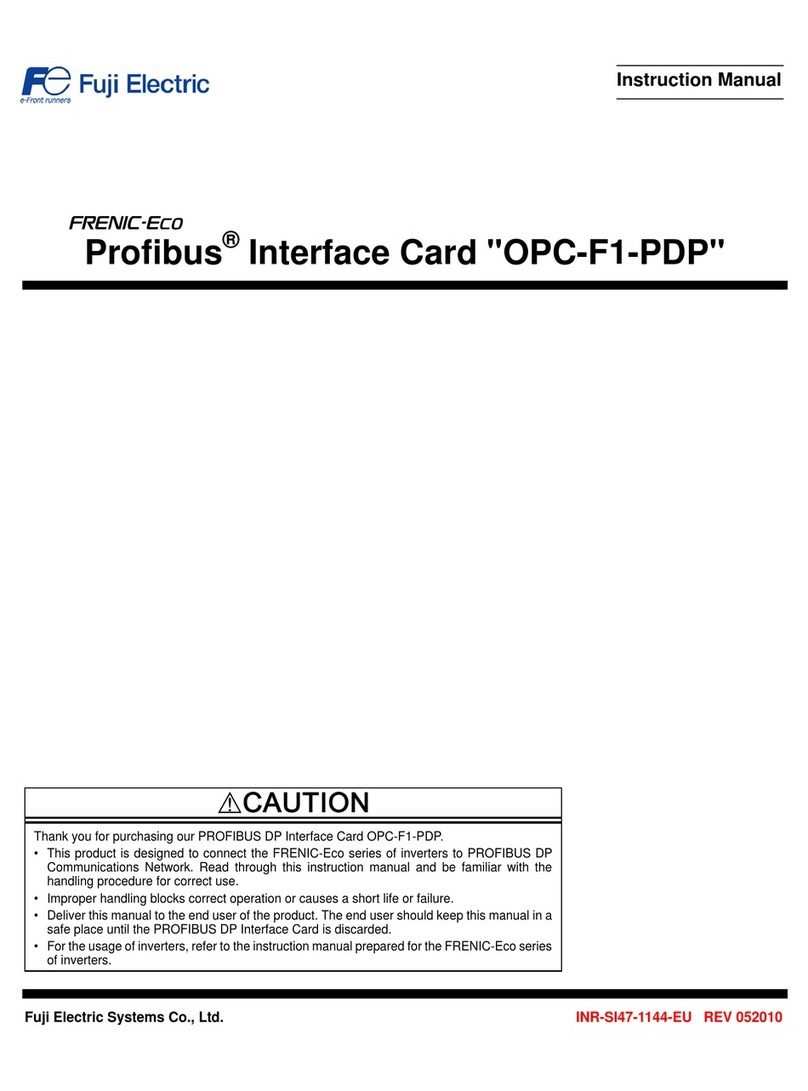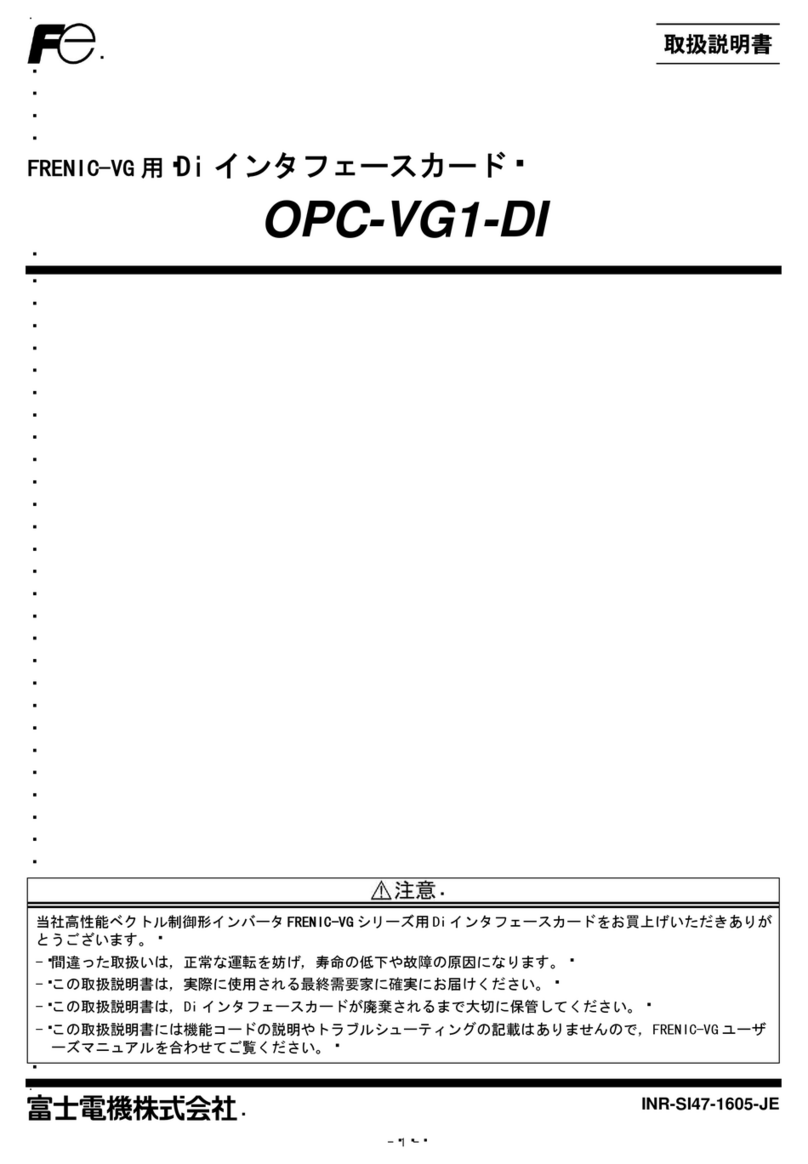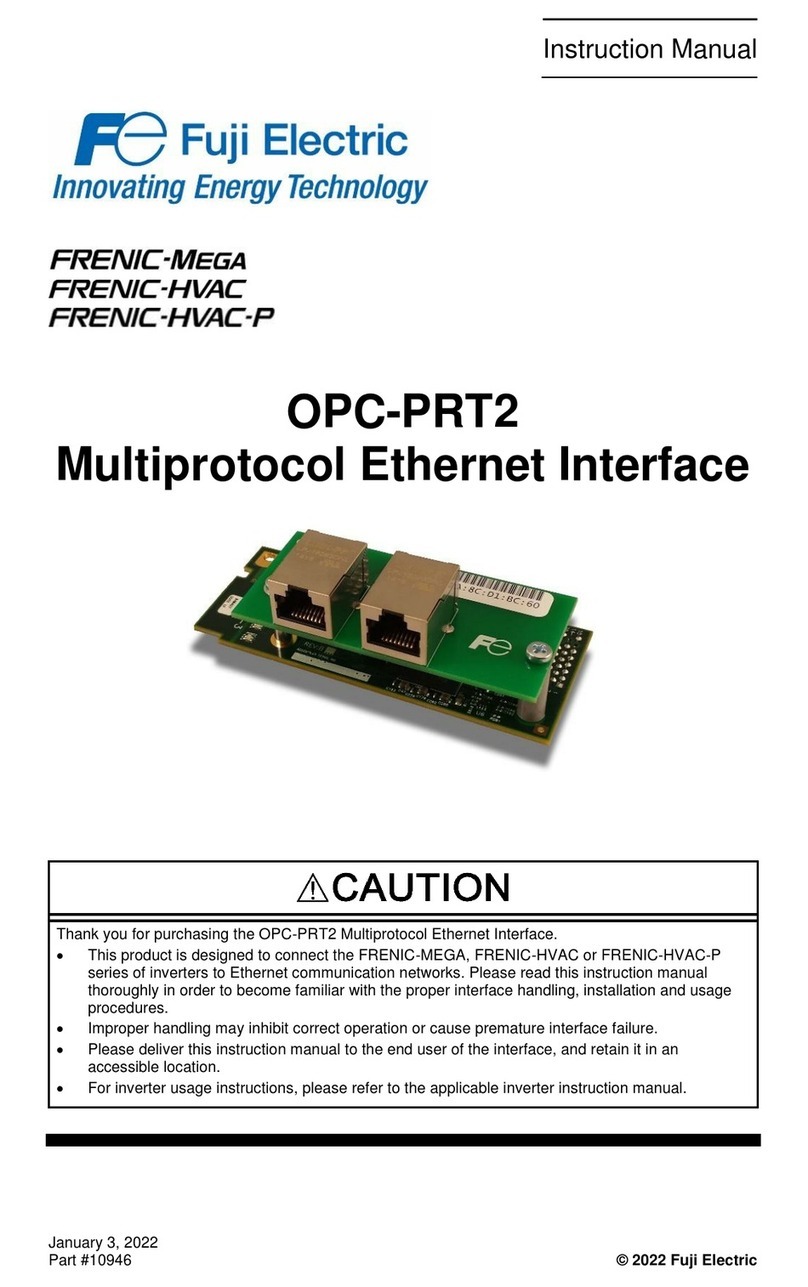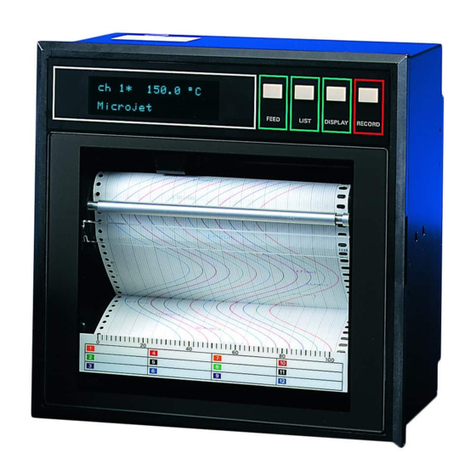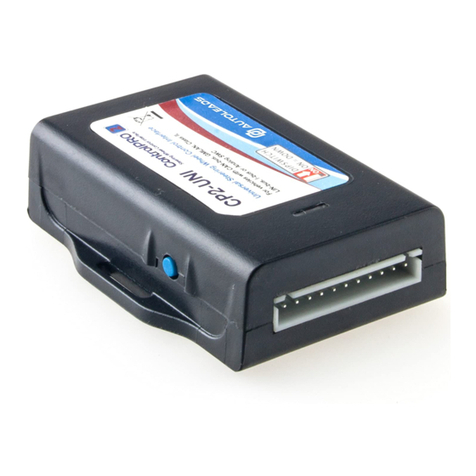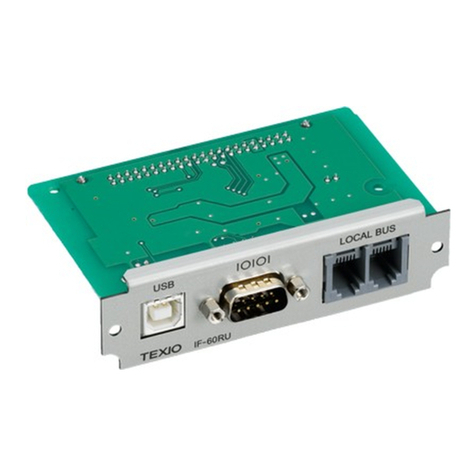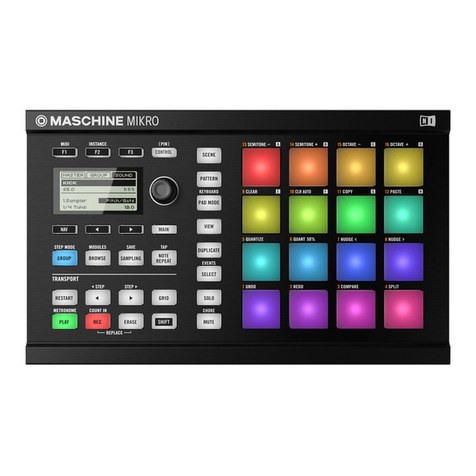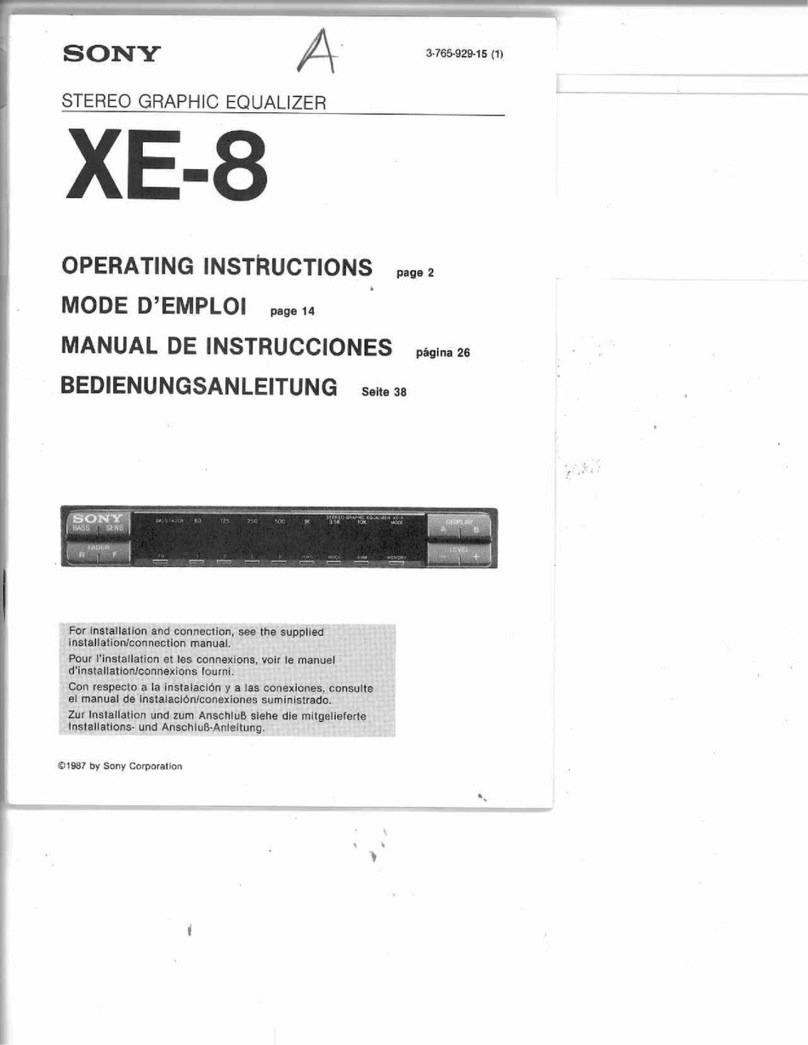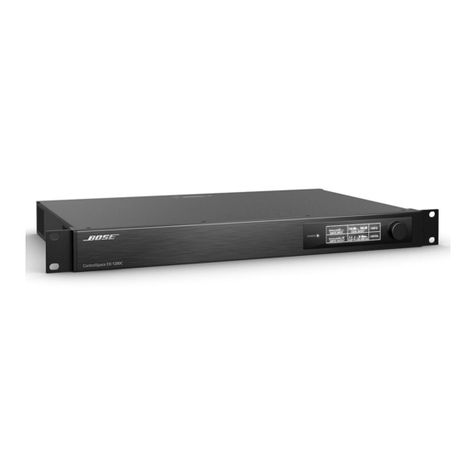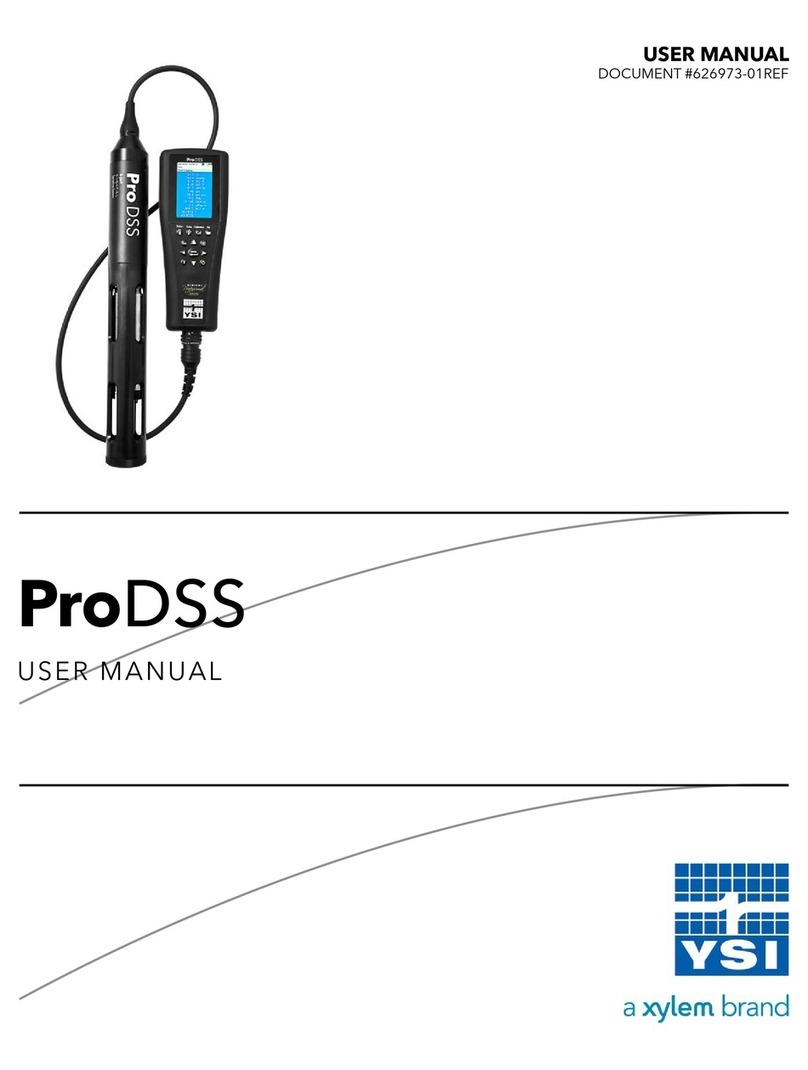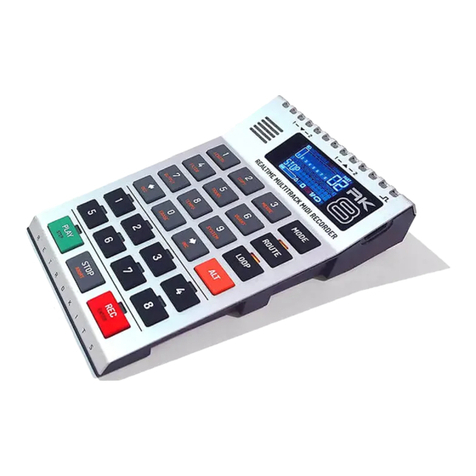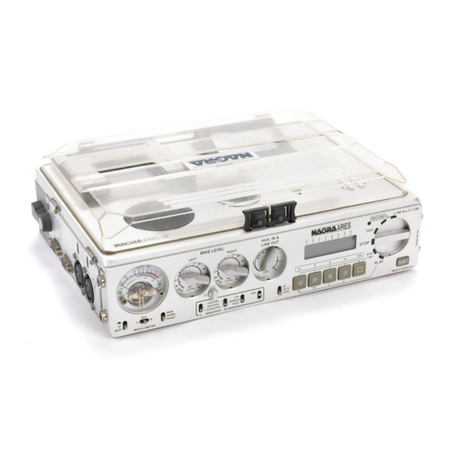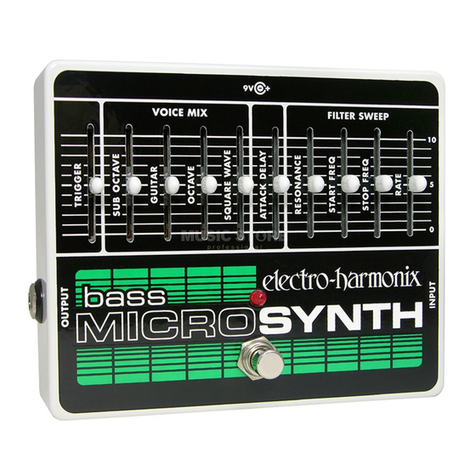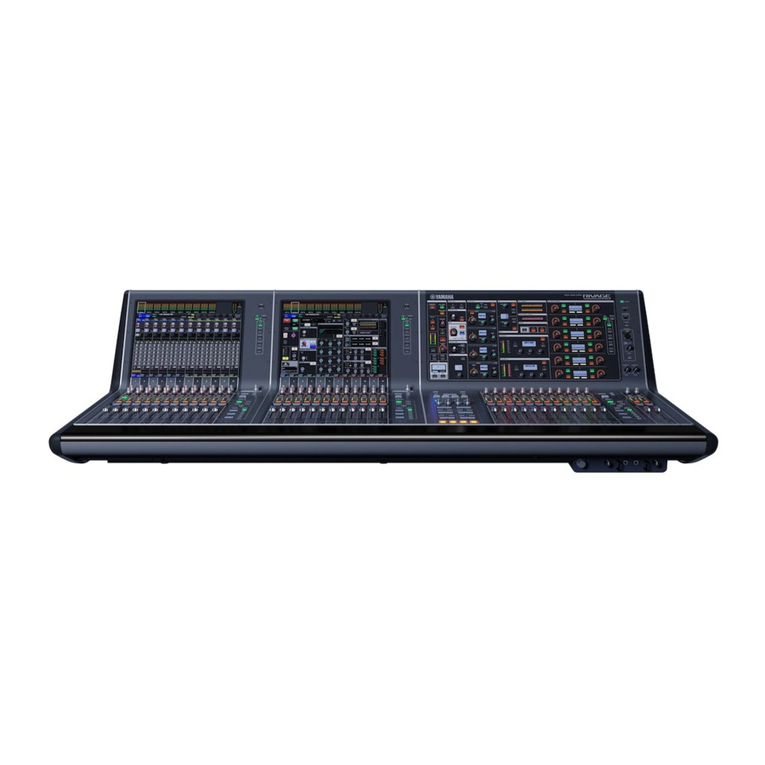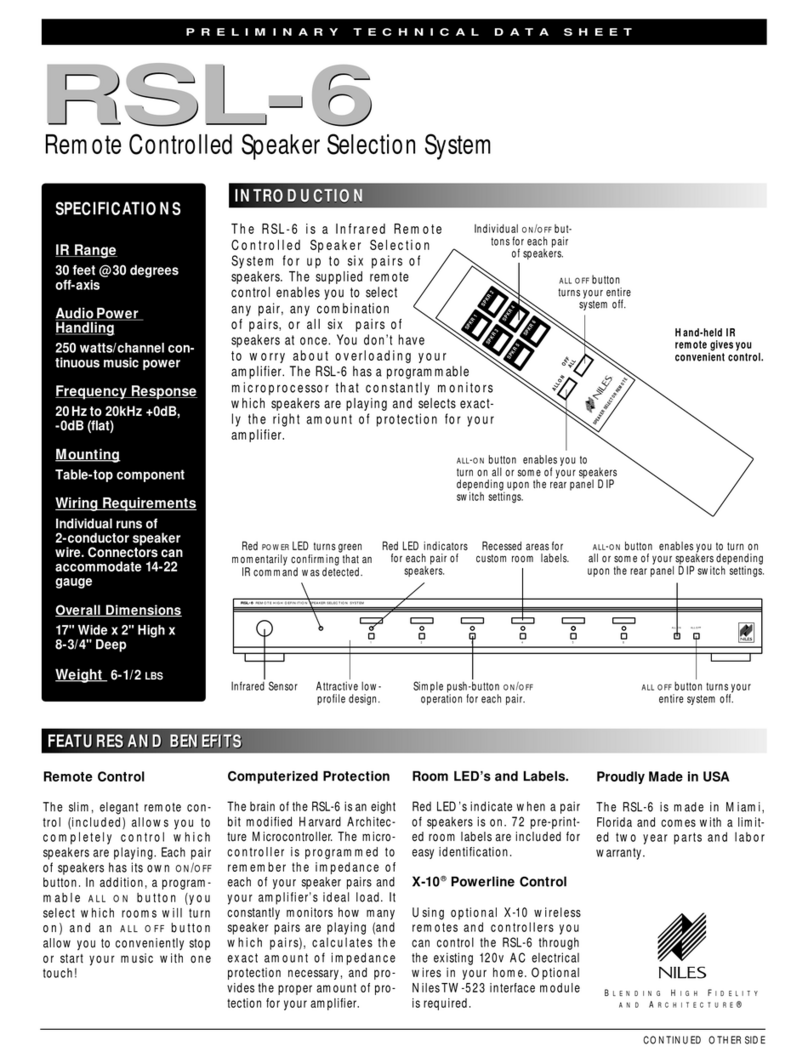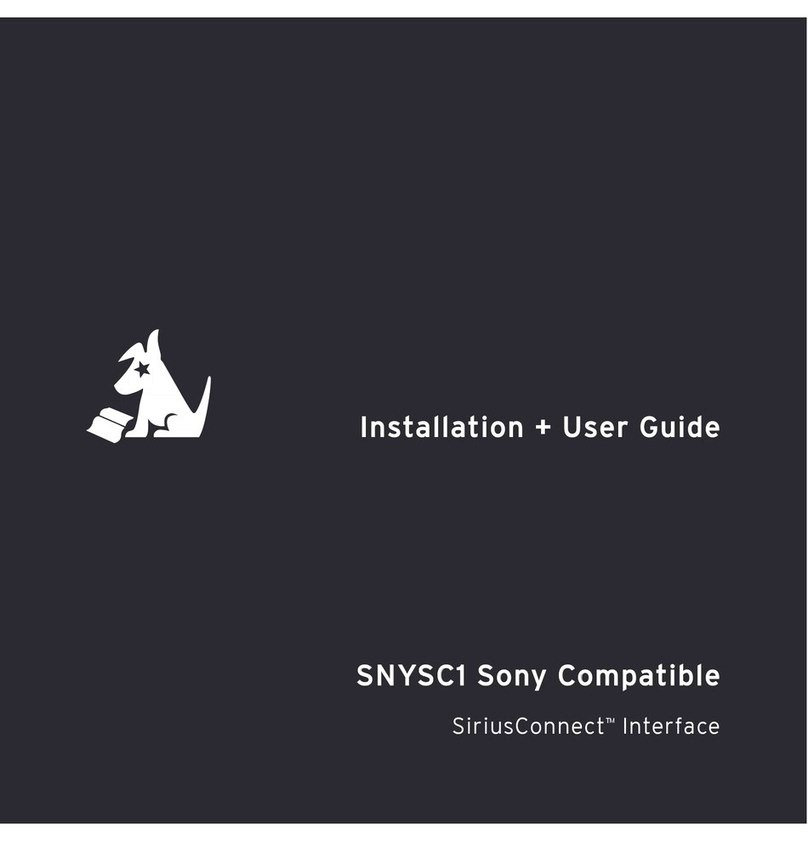
- 3 -
Installation and wiring
• Before starting installation and wiring, turn OFF the power and wait at least five minutes for inverters of 22
kW or below, or at least ten minutes for those of 30 kW or above. Make sure that the LED monitor and
charging lamp are turned OFF. Further, make sure, using a multimeter or a similar instrument, that the DC link
bus voltage between the terminals P(+) and N(-) has dropped to the safe level (+25 VDC or below).
• Qualified electricians should carry out wiring.
Otherwise, an electric shock could occur.
• In general, sheaths of the control signal wires are not specifically designed to withstand a high voltage (i.e.,
reinforced insulation is not applied). Therefore, if a control signal wire comes into direct contact with a live
conductor of the main circuit, the insulation of the sheath might break down, which would expose the signal wire
to a high voltage of the main circuit. Make sure that the control signal wires will not come into contact with live
conductors of the main circuit.
Doing so could cause an accident or an electric shock.
• Do not use the product that is damaged or lacking parts.
Doing so could cause a fire, an accident, or injuries.
• Prevent lint, paper fibers, sawdust, dust, metallic chips, or other foreign materials from getting into the inverter
and the interface card.
Otherwise, a fire or an accident might result.
• Incorrect handling in installation/removal jobs could cause a failure.
A failure might result.
Operation
• Be sure to mount the front cover before turning the power ON. Do not remove the cover when the inverter
power is ON.
Otherwise, an electric shock could occur.
• Do not operate switches with wet hands.
Doing so could cause an electric shock.
• If you configure the function codes wrongly or without completely understanding the FRENIC-VG Instruction
Manual and User's Manual, the motor may rotate with a torque or at a speed not permitted for the machine.
Confirm and adjust the setting of the function codes before running the inverter.
Otherwise, an accident could occur.
• When enabling the communications link (H30), be sure to check that a run command entered via the CC-Link or
digital input terminals is OFF beforehand. Enabling it with the run command being ON causes a sudden motor
start.
• When resetting an alarm, be sure to check that a run command entered via the CC-Link is OFF beforehand.
Resetting it with the run command being ON causes a sudden motor start.
• If a communications error occurs when the inverter is controlled via the CC-Link, it may cause the inverter to fail
to recognize a stop command via the CC-Link. Make an emergency stop measure using BX ("Coast to a top")
or STOP1, STOP2, STOP3 ("Decelerate to stop") assigned to inverter digital input terminals.
• If "Communications error processing" (y02, y12) is set to "Continue to run" or "Retry and continue to run," the
inverter may automatically start running after recovery from errors.
Otherwise, an accident could occur.
Maintenance and inspection, and parts replacement
• Before proceeding to the maintenance/inspection jobs, turn OFF the power and wait at least five minutes for
inverters of 22 kW or below, or at least ten minutes for those of 30 kW or above. Make sure that the LED
monitor and charging lamp are turned OFF. Further, make sure, using a multimeter or a similar instrument, that
the DC link bus voltage between the terminals P(+) and N(-) has dropped to the safe level (+25 VDC or below).
Otherwise, an electric shock could occur.
• Maintenance, inspection, and parts replacement should be made only by qualified persons.
• Take off the watch, rings and other metallic objects before starting work.
• Use insulated tools.
• Never modify the interface card.
Otherwise, an electric shock or injuries could occur.
















